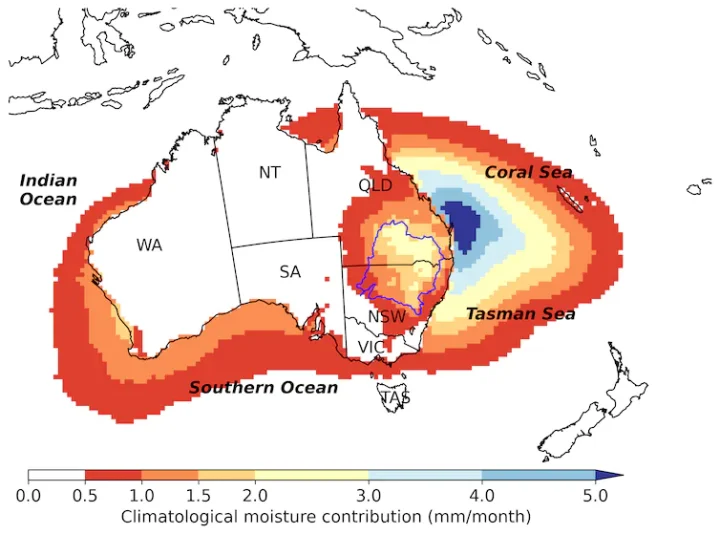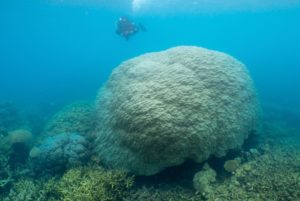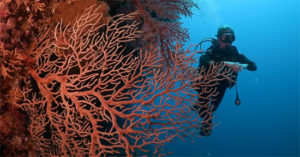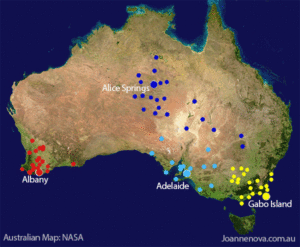by E. Worrall, Feb18, 2024 in WUWT
…
The Great Barrier Reef is in no danger of dying, at most it will change location a little. The reef is composed of an organism which has survived for at least 200 million years, through unimaginably catastrophic global extinction events and disasters, including the asteroid which killed the dinosaurs.
The reason that coral is so good at surviving great upheavals is that while adult coral is immobile, coral spawn is immensely mobile.
Every so often corals spawn. Corals produce immense clouds of microscopic eggs and sperms, which germinate into highly mobile microscopic coral larvae which seek out new places to colonise.
The Great Barrier Reef itself has moved location countless times over the millennia, the reef has only been at its current location for a few thousand years. Some Australian shorelines are composed of coral which lived thousands of years ago, during the Holocene Optimum, when the sea level was significantly higher than today. The Great Barrier Reef had and has no trouble changing location when climate change impacts sea conditions, such as when the world cooled after the end of the Holocene Optimum, and the sea waters retreated to today’s level.
And in fact, Australian coral coverage hit a record high a record high in 2022 – as an organism which is responsive to conditions, coral cover fluctuates wildly when conditions change.
…

 Sources of moisture in eastern Australia. Source: Holgate et al, 2020…
Sources of moisture in eastern Australia. Source: Holgate et al, 2020…




